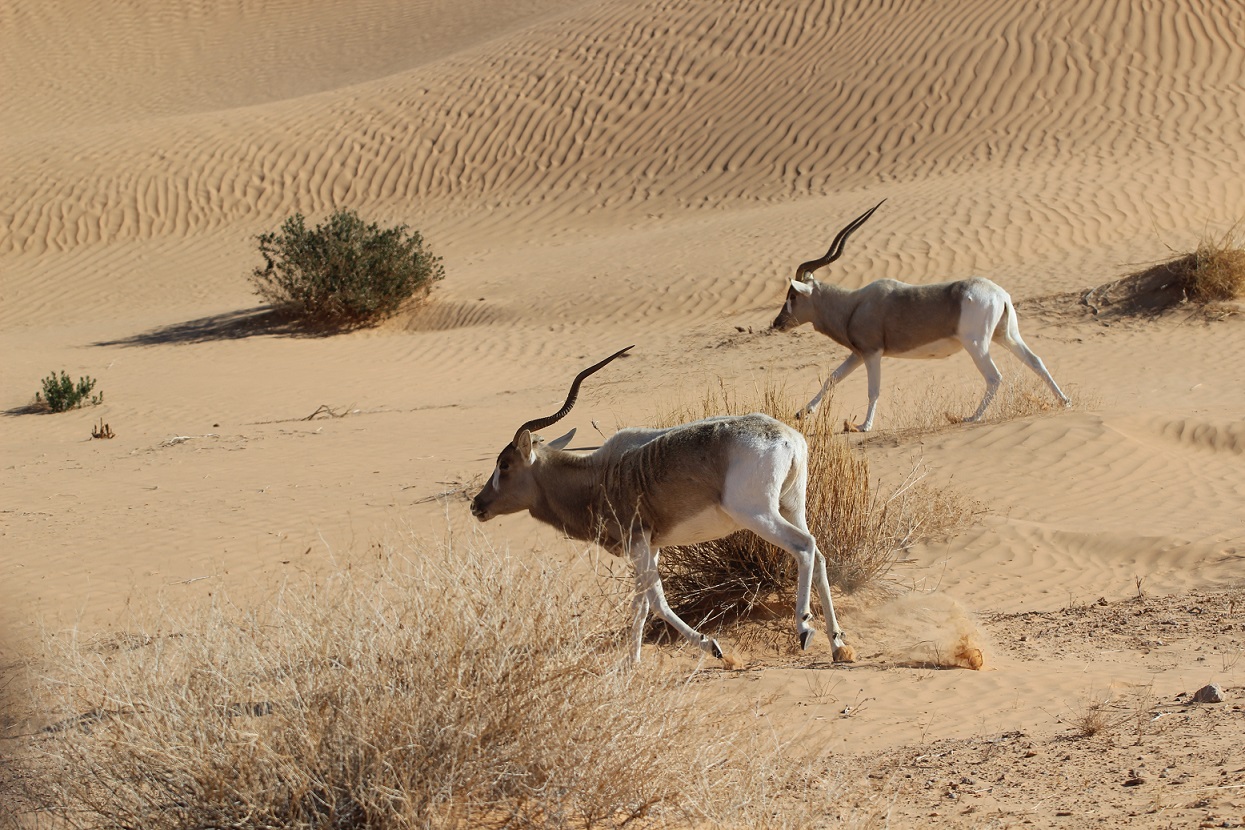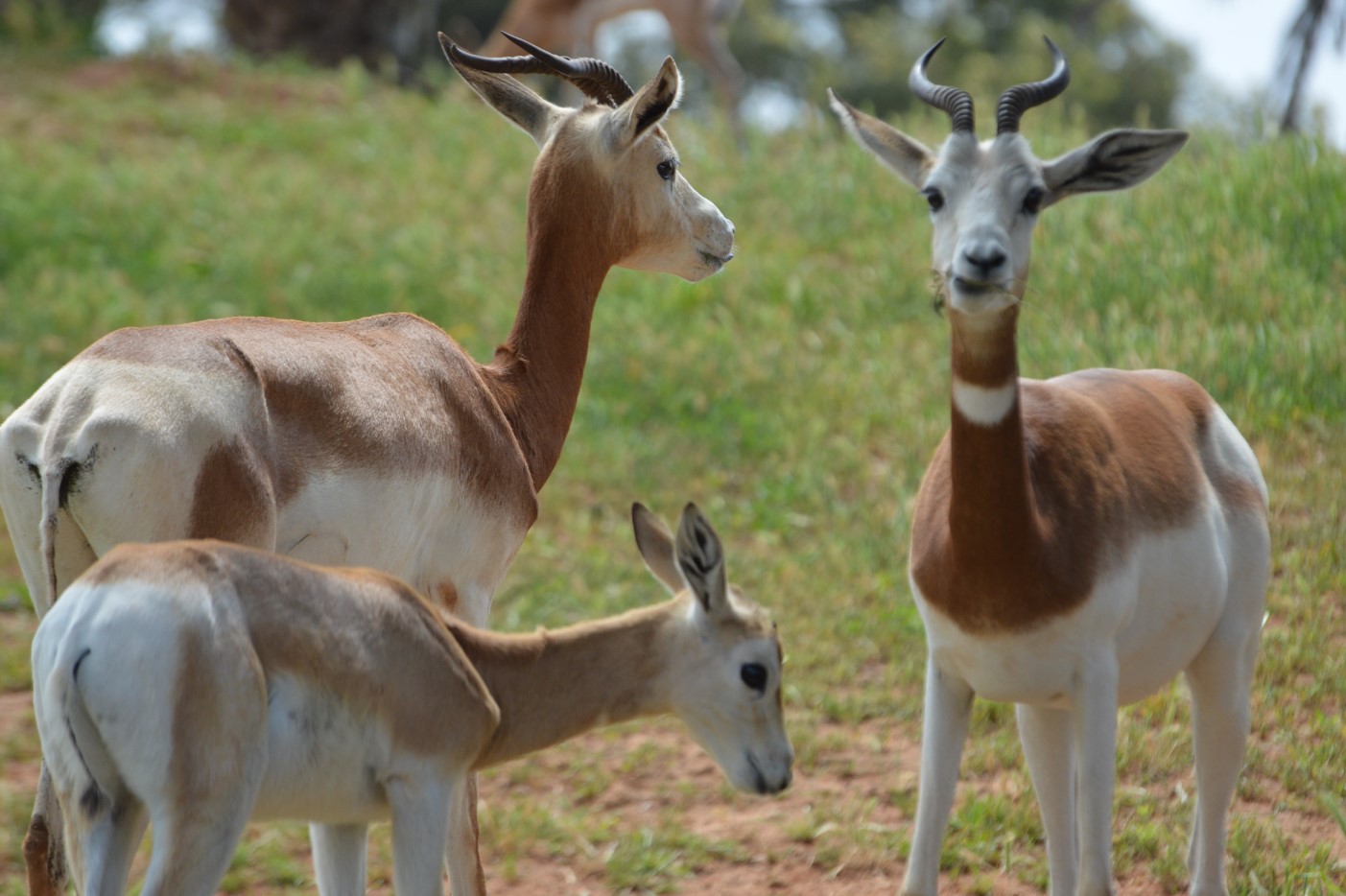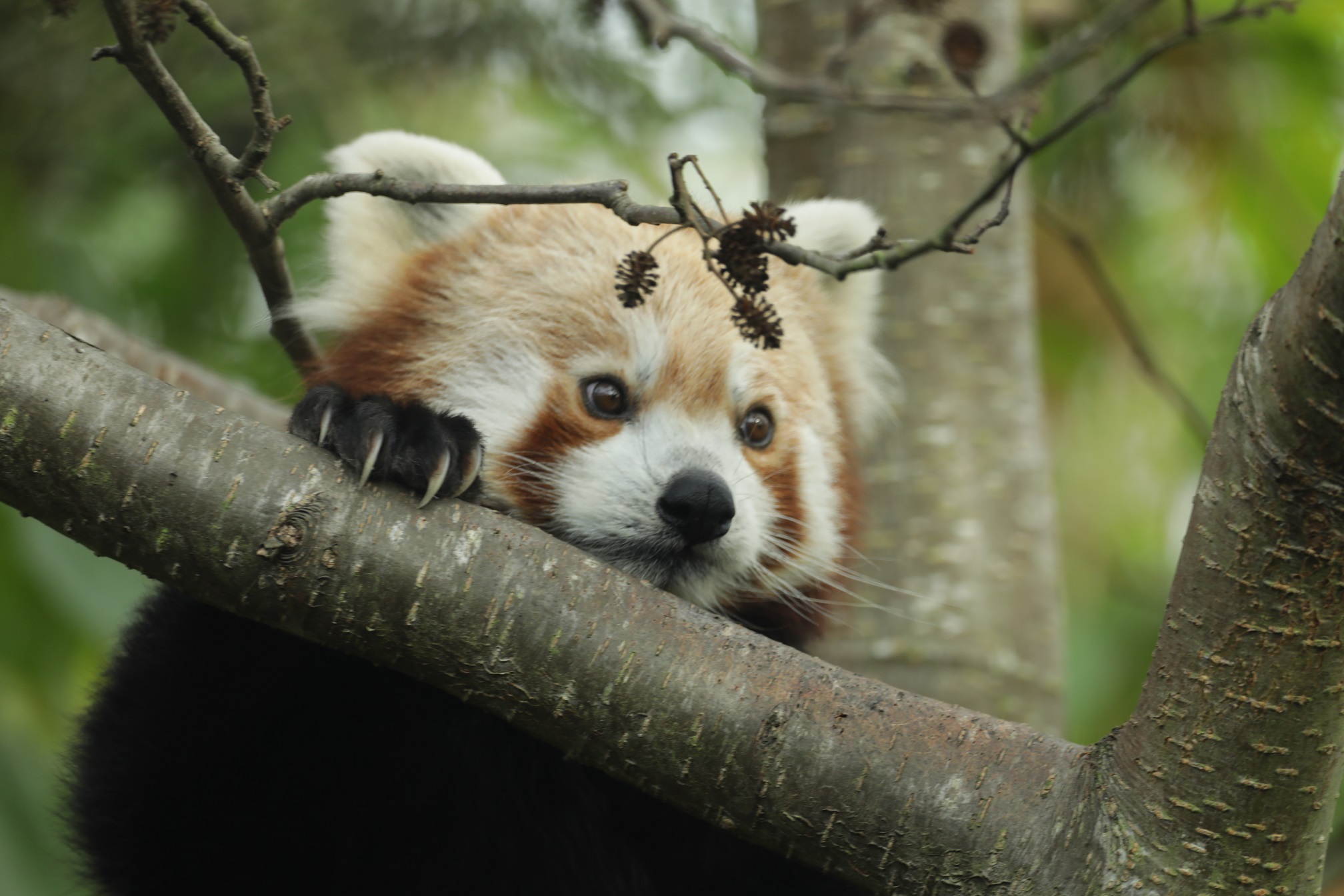Species spotlights | Antelope
Posted 12 Dec 2022

As part of the Royal Zoological Society of Scotland (RZSS) 2030 strategy, our wildlife conservation charity has pledged to reverse the decline of at least 50 species by working in Scotland and around the world.
It is important to protect animals of all shapes and sizes, but species protection alone means nothing without protecting their habitats too.
Species depend on habitats, and together they form our planet’s essential ecosystems – both habitats and species must function in harmony to create a sustainable, abundant and diverse life on earth.
Recovery efforts need to be truly collaborative between organisations, governments, and communities. Only together can we create a world where nature is protected, valued and loved.
During the UN Biodiversity Conference (COP15), we will be speaking with our conservation partners around the world, to discover more about the species they are working to protect.

David Mallon is the co-chair of the IUCN Species Survival Commission's Antelope Specialist Group and has been a member of the IUCN Species Survival Commission for over 30 years. Amongst many other roles, he is a member of the Royal Zoological Society of Scotland’s Conservation Advisory Group.
Can you describe what some of the key threats facing antelope are globally?
The most direct threat to antelope species around the world is poaching and unsustainable hunting - whether that's for meat, or for their skin and bones. A few species also have horns, which are believed by some to have medicinal value meaning they are poached and sold to the traditional medicine market.
Habitat loss and deterioration are the biggest indirect threat. This comes as a result of converting grasslands into agriculture, or large blocks of tropical forest into plantations for rubber or other products.
This habitat loss has two main effects on antelope species: population declines and then fragmentation and isolation of populations. Smaller populations of any species are more vulnerable to extinction from a range of sporadic events like disease, hunting, floods, or any other kind of climate emergency.
We don't have antelope species here in Scotland, but how many are there and where are they found across the world?
What’s interesting is that we did have antelopes in the UK, right back before the last Ice Age when saiga antelope were found here.
At the moment, there are 93 species of antelope and they’re found in a very widespread range of countries: across every country in Africa and some of the islands (although not Madagascar), as well as all through the Arabian Peninsula, the Middle East, Iran, the Caucasus, Central Asia, into China and Mongolia, and India. They have also been introduced to other places including Texas and Argentina.
Do you think it’s more important to focus on conserving individual species of antelope rather than on more broad issues they’re facing, like habitat loss?
It is so important to do both of those two things together.
You need to work on the habitat or the ecosystem to make sure there are large stretches of terrain or habitat left, so that species of all kinds can move and disperse and behave in a natural way and natural selection eventually can take place.
But we also need individual action for species to make sure each of the components of the ecosystem is represented.
It's very easy in large scale habitat restoration to just end up with all the general common species, but not the habitat specialists. Focusing on the species allows us to save it, and plan the precise habitat manipulations or actions, such as reintroduction, that we need to make.
I don't think it's an ‘either/or’, we must have both approaches working in parallel.
Can you give an example of some antelope conservation projects that have been successful?
In general, antelope are quite a simple animal. They feed on grass or browse on shrubs and trees and drink water. If they're not hunted or disturbed, they can reproduce and survive quite well.
There are several examples of antelope species that have gone extinct in the wild and have been reintroduced thanks to conservation efforts. The classic case was the Arabian oryx, which went extinct in the wild in 1972. Since then, it's been reintroduced to about eight sites within five countries in the Middle East. The current wild population is sitting at over 1,200. This is a great example of the value of having populations in zoos and private collections, because it was only through breeding in captivity that a herd could be built up that was large and diverse enough to provide the animals for that release.
A project that doesn't involve reintroduction would be the saiga antelope. Mentioned earlier, its horns are very valuable in traditional medicine and it was heavily hunted to an extremely low level. But after an incredible amount of investment by governments in the region, particularly Kazakhstan, and increased trade controls, education, awareness, and the forming of protected areas, there has been an incredible increase in species numbers. In the last 20 years, it's gone from a few tens of thousands up to 1.3 million! This is a fantastic example of what can be done and how well antelopes can recover when they're given full protection, and if you can get this kind of coordination between governments, scientists, NGOs and local communities.
RZSS has collaborated for a number of years with the Antelope Specialist Group on the conservation of antelope species. What do you see the role of species focused conservation being?
The collaboration that you've mentioned, which included work by the RZSS WildGenes laboratory, is some cutting-edge stuff. Thanks to this partnership, we’ve been able to identify the possible subspecies of dama gazelle and factor this into conservation planning.
RZSS WildGenes has also assisted with the selection of animals for releases of the addax and scimitar-horned oryx. This means that the founder populations should be based on the most diverse genetic lineages, ensuring resilience to future challenges like disease and climate change.
I think the challenge in species-focused conservation is that although we have great success in some areas, these are still a very small part of that animal’s range. Scaling up those successes to a much wider landscape is the main challenge to overcome, especially given the current security and climate change threats.

Now is the time
With more than a million species at risk of extinction, our planet’s life support system is in crisis and the time to act is now. RZSS has pledged to reverse the decline of at least 50 species by 2030, from wildcats in Scotland, to chimpanzees in Uganda.
Together, we can help create a world where nature is protected, valued and loved.
Find out more about our wildlife conservation charity’s 2030 strategy by visiting rzss.org.uk/about.
Discover more species spotlights:

